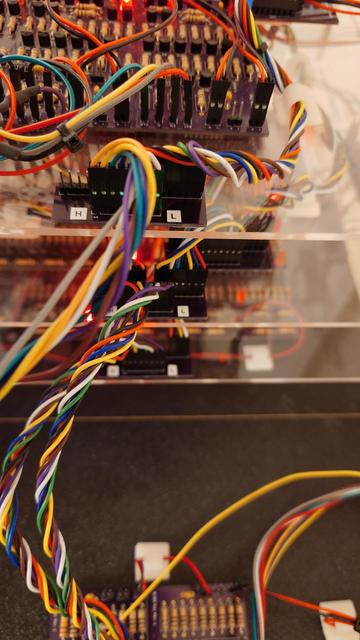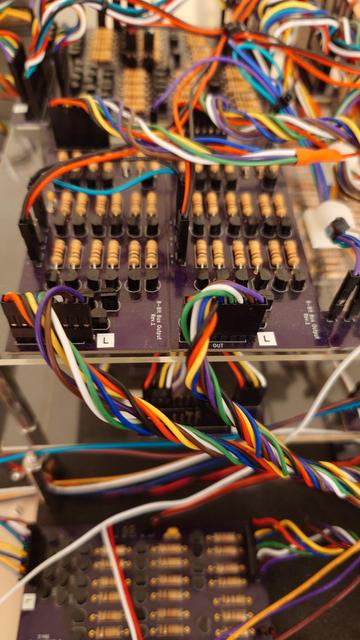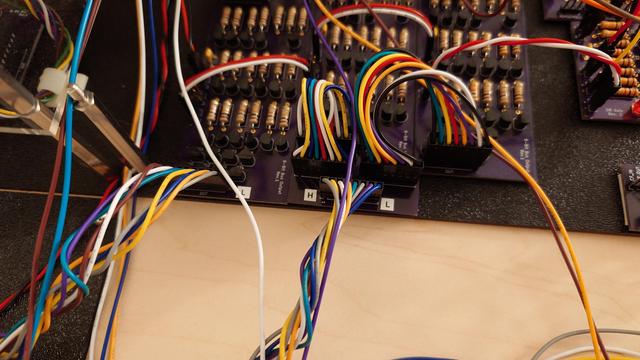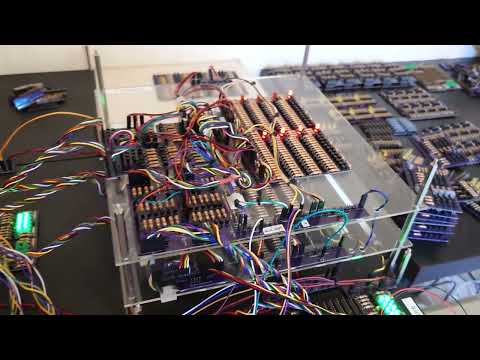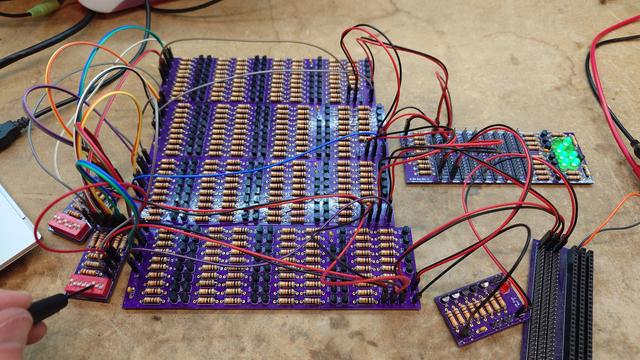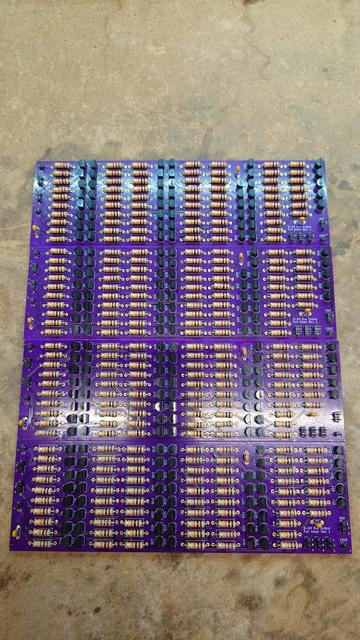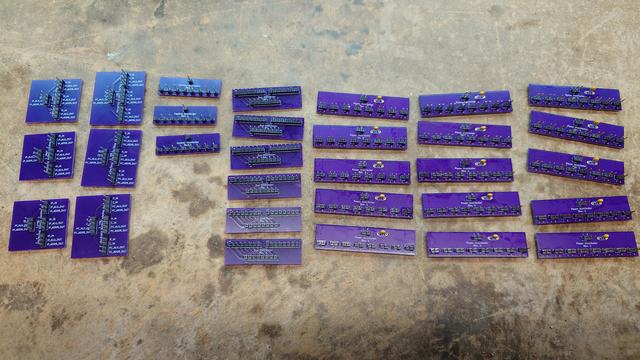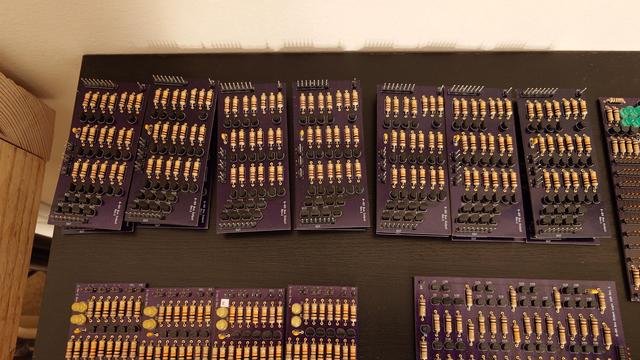Tonight, instead of doing another bring-up stream, I focused on a tedious but important task on the MiniDragon: identifying and labeling the MSB/LSB on each bus connector. And by that, I mean the most significant bit, and least significant bit. Most of the components are bit-order agnostic. As long as you output the same order you input, they'll work. But, now that everything is piped together, there needs to be an agreed-upon bit order! So, I did that!
I do have some old physical layout documentation that dictated my conventions at the time, and I've verified those are upheld. But, the labels are way easier to read and see.

